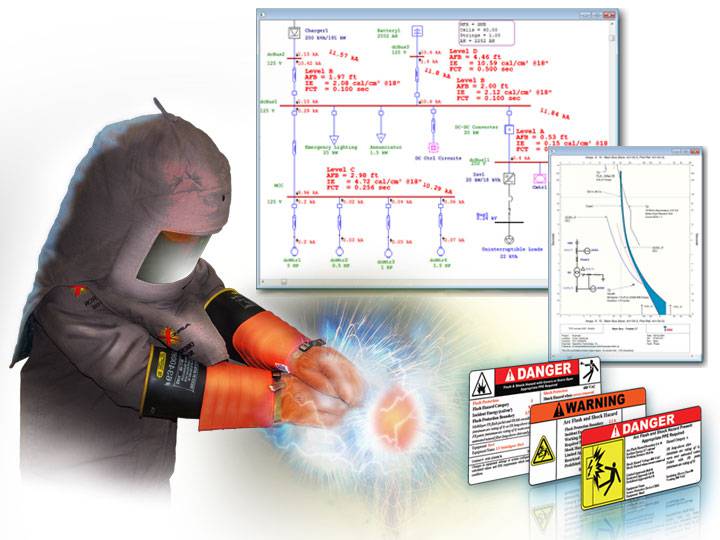The arc flash incidents represent the main occupational safety issue for industrial environments where electrical machines and equipment are the primary energy sources. The facility must conduct a comprehensive arc flash analysis to protect workers and comply with the regulations.
The analysis allows them to determine possible risks, incident energy levels, and vital safety measures. By complying with recognized standards such as IEEE 1584 and other validated methods, facilities can accurately assess risks and have the tools for effective mitigation measures.
This article addresses complex aspects of arc flash analysis, including consistency of a methodology, data collection, safety procedures, and training. By identifying and addressing these factors, facilities can develop a safety culture and decrease the risks of arc flash incidents.
1. Methodology and Standards Compliance
The basis of every arc flash analysis lies in using accepted standards and procedures. Standards like IEEE 1584 must be followed for better analysis and results. It states how to calculate incident energy levels, essential in arc flash hazard severity assessment. Through practicing proven techniques, the facilities can be sure of the accuracy of their study results and be proactive in having health and safety measures in place.
2. Data Collection and Equipment Labeling
The accuracy of the data collection and the asset inventory are critical to a thorough arc flash analysis. Label all electrical equipment, including switchgear, motor control centers (MCCs), bus plugs, relays, and adjustable trip breakers, to ensure none of the critical components is left out. Thorough data collection and management will help identify facility hazards.
3. Incident Energy Determination
One of the significant components of arc flash analysis is calculating the incident energy levels. Validated methods, including IEEE 1584, offer guidelines for calculating incident energy accurately.
Facilities can make worst-case analyses and determine the severity of arc flash hazards by looking at low tolerance and maximum arcing fault scenarios. Incident energy calculations set a foundation for the PPE selection and implementation of safety measures to minimize exposures.
4. Labeling and Documentation
Proper labeling on electrical panels is necessary to communicate arc flash dangers to workers. An easy-to-read and understandable warning label makes identifying and handling electrical equipment risks simpler and safer. When information is accurately recorded and labeled correctly, it simplifies the verification process during audits.
5. Safety Procedures and Training
Safety protocols and thorough training are among the most important tools in the fight against arc flash risks. Surveying the results will serve as a regular basis to shape security procedures designed for the individual requirements of the facility.
Training programs must include arc flash awareness, correct PPE use, and safe methods for working with energized equipment. Workers who receive regular training sessions that teach how to stay aware and be prepared are less likely to experience arc flash accidents.
Summary
A critical step for maintaining safe working conditions in an industrial plant is to perform a comprehensive arc flash analysis. It is possible for facilities to effectively tackle the risks of arc flash by considering the different factors that include compliance with the methodology, data collection, establishing the incident energy, labeling, documentation, and safety procedures. Collaboration with experts and standard compliance is critical to achieving the best results and getting regulatory approval.
Welcome to our blog! My name is Yuvraj Kore, and I am a blogger who has been exploring the world of blogging since 2017. It all started back in 2014 when I attended a digital marketing program at college and learned about the intriguing world of blogging.


